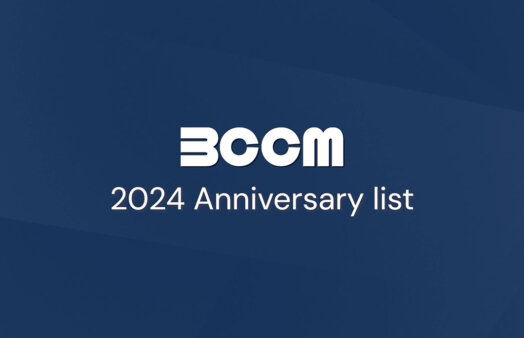02 March 2021
A recent Harvard Business Review article on ESG measurement and reporting suggested five key actions that for-profit firms should undertake to become seriously focused on ESG measurement and reporting:
- Adopt strategic ESG practices
- Create accountability structures for ESG integration
- Identify a corporate purpose and build a culture around it
- Make operational changes to ensure that the ESG strategy is successfully executed
- Commitment to transparency and relationship building with investors
Being environmentally sustainable, socially responsible and good at governance has been an inherent part of co-operative and mutual enterprises (CMEs) for over a century in Australia and other parts of the developed world. CMEs have a well-defined purpose which informs their strategy and business model, they are transparent and accountable in their operational activities with all their stakeholders and deliver performance and value, in the short and long term, by balancing their decisions and actions. They have developed a culture and a mindset that integrates ESG into every facet of their organisations. With the Mutual Value Measurement (MVM) Framework© CMEs, specifically in Australia, now have a customised measurement and reporting framework that they can implement to help them report performance information including ESG information in a consistent and comparable manner.
The MVM framework is a research based general measurement framework co-created with CMEs and field tested prior to its launch. One of its key design features is that it can be customised to the local operating context of any CME. The framework can be aligned with the purpose, strategy and business model of the CME and measure and report their performance in a comprehensive manner. Focusing on the purpose, strategy and business model of the CME, identifying value dimensions, related activities and measures provides the basis for demonstrating good governance by measuring performance for all stakeholders, not just investors.
The MVM framework is especially well positioned to help CMEs measure their social responsibility. In particular, the value dimensions related to membership, community relationships and ecosystem reciprocity and the overarching mutual mindset dimension have been designed to capture and measure the activities undertaken by the CME to be socially responsible. Specifically defining value dimensions related to important stakeholders (e.g. members, community), defining activities carried out by the CME in these dimensions and using qualitative and quantitative information to measure the value created by these activities, will help CMEs to measure and report social responsibility – the S in ESG. For example, RAC WA has developed a Mobility Index which measures community value created by the CME, an important element of its social responsibility.
ESG measurement and reporting, may be an evolving focus for for-profit firms but CMEs have been involved in ESG related practices and measurement for a long time. ESG is in the DNA of CMEs. The design of the MVM framework assumes that ESG practices are part of an integrated operations of a CME where purpose, strategy and business model are aligned and ESG related practices are integrated across the CME, because splitting up each of the ESG elements for measurement and reporting purposes may not be the best approach to improve practices related to these elements. Ultimately, each CME needs to examine its purpose, strategy and business model to define its value dimensions, how it creates value in each dimension and then develop appropriate measures using quantitative and qualitative information. Through this process, the CME is able to embed ESG related practices and measure the value created. The MVM framework allows CMEs to measure and report on their ESG related practices as part of an integrated approach to purpose, strategy and business model.
Dr Paul Thambar, Senior Lecturer
Department of Accounting, Monash Business School


